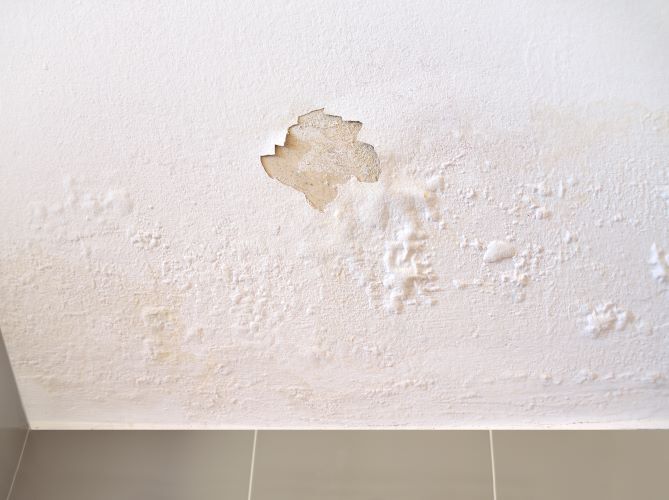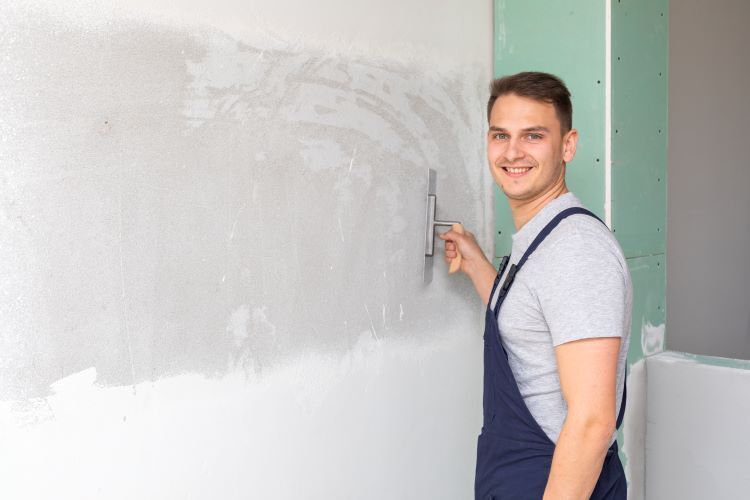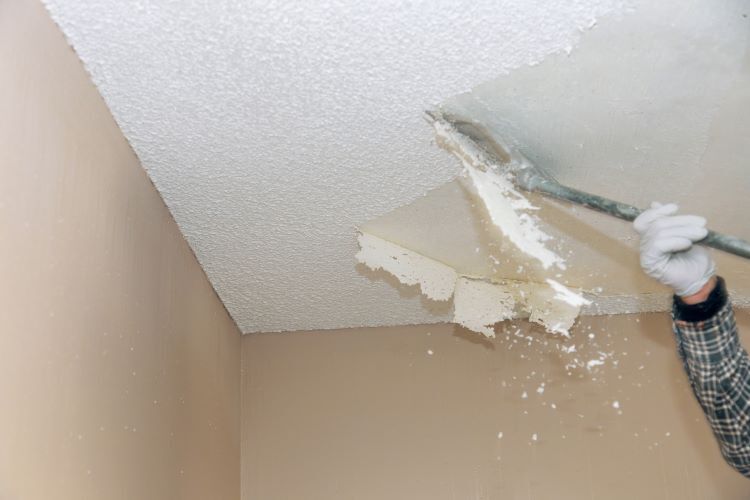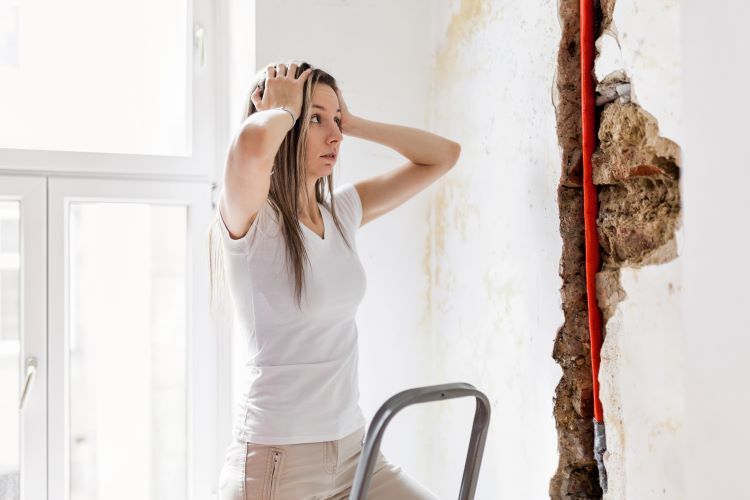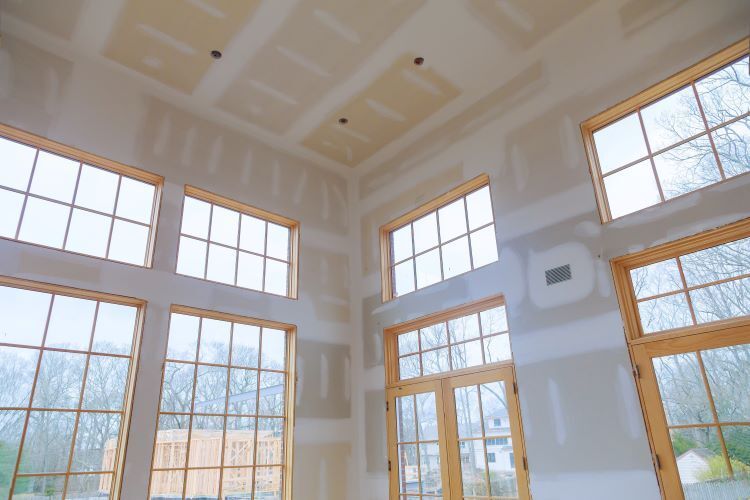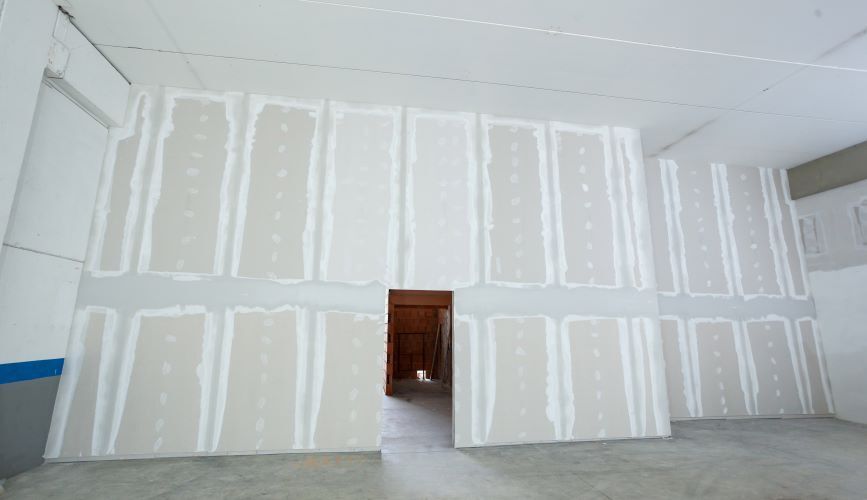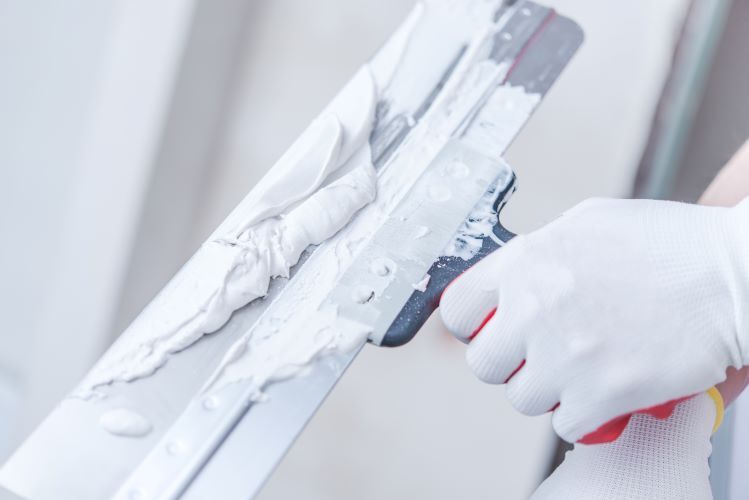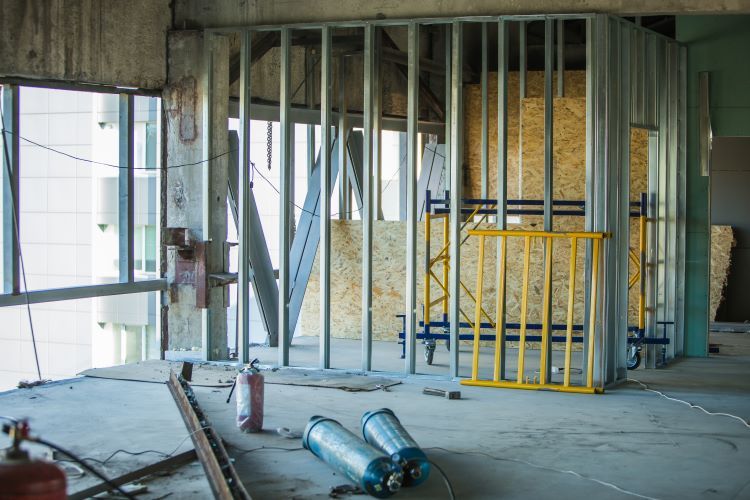Choosing the Right Drywall for your Basement
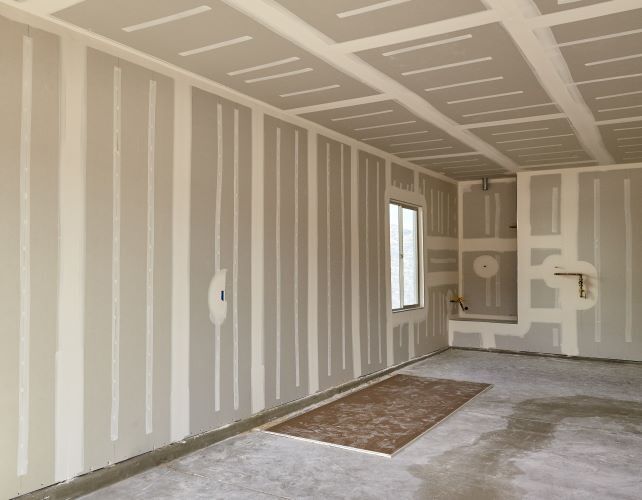
When it comes to finishing your basement, choosing the right type of drywall is crucial for ensuring a durable and attractive result. Basements present unique challenges, such as higher humidity levels and the potential for moisture intrusion. To help you make an informed decision, here are the types of drywall best suited for basement environments and why they are the ideal choice.
1. Moisture-Resistant Drywall (Green Board)
What is it?
Moisture-resistant drywall, commonly known as "green board," is designed to withstand high humidity and occasional moisture. It has a special green-colored paper facing that makes it more resistant to moisture compared to regular drywall.
Why use it in a basement?
- Humidity Resistance: Basements tend to have higher humidity levels. Moisture-resistant drywall can handle these conditions better than standard drywall.
- Durability: It is less likely to suffer from mold and mildew growth, which is a common issue in basements.
Installation Tips:
- Use moisture-resistant drywall on all walls, especially those that are below ground level.
- Pair it with a good vapor barrier and proper insulation to enhance moisture control.
2. Mold-Resistant Drywall
What is it?
Mold-resistant drywall is specifically designed to resist mold growth. It contains special additives in the core and paper that inhibit mold development.
Why use it in a basement?
- Mold Prevention: Basements are prone to dampness, making mold growth a significant concern. Mold-resistant drywall provides an extra layer of protection.
- Health Benefits: Reducing mold growth improves indoor air quality, which is beneficial for the health of your household.
Installation Tips:
- Install mold-resistant drywall in areas with high moisture exposure, such as around laundry rooms, bathrooms, and exterior walls.
- Ensure proper ventilation and dehumidification in your basement to maximize the effectiveness of mold-resistant drywall.
3. Cement Board
What is it?
Cement board is a highly durable material made from a mixture of cement and reinforcing fibers. It is often used as a base for tile installations due to its water resistance.
Why use it in a basement?
- Water Resistance: Cement board is impervious to water, making it an excellent choice for areas with potential water exposure.
- Strength: It provides a solid and durable surface, ideal for tiling or finishing with other materials.
Installation Tips:
- Use cement board in areas where water exposure is most likely, such as basement bathrooms and laundry rooms.
- Combine it with moisture barriers to enhance its protective properties.
4. Paperless Drywall (Fiberglass-Faced Drywall)
What is it?
Paperless drywall, also known as fiberglass-faced drywall, replaces the traditional paper facing with fiberglass matting. This makes it highly resistant to moisture and mold.
Why use it in a basement?
- Moisture Resistance: Without paper facing, this drywall does not absorb moisture, reducing the risk of mold and mildew.
- Durability: It is tougher and more resilient to damage compared to traditional drywall.
Installation Tips:
- Ideal for use throughout the entire basement, especially in high-moisture areas.
- Handle with care as the fiberglass can irritate the skin; wearing protective gear during installation is recommended.
Conclusion
Choosing the right type of drywall for your basement is essential for creating a durable and healthy living space. Moisture-resistant, mold-resistant, cement board, and paperless drywall each offer unique benefits that make them suitable for basement environments. Consider the specific conditions of your basement and select the drywall type that best meets your needs.
For professional basement drywall finishing, trust the experts at London Drywallers. Our team has the experience and knowledge to ensure your basement renovation project is completed with the highest standards of quality and durability. Contact us today to discuss your basement finishing needs and get started on transforming your space.
